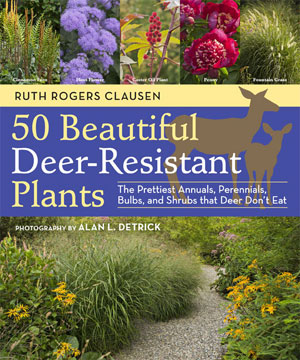This is the 3rd snowiest winter since 1884 for the greater Philadelphia area
with 61.7" and 11 storms since December 8, 2013.
The winter of 1995-6 had 65.5" and
the 2009-10 winter holds the record with 78.7".
The website, Bucks County Weather, reporting from Warwick, is an excellent site to
view snow storm totals, temperatures and such,
dating back to 2009:
Looking back, the 2009-10 winter's snow accumulated with mainly 3 storms, 1 in Dec. and 2 major blizzards back to back in February as this table shows, after having a 3-4 year snow drought:
Table 1: 2009–2010 Mid-Atlantic Snowfall By The Numbers
City
|
Dec 19–20
|
Jan 30–31
|
Feb 5–6
|
Feb 9–10
|
Season Total
|
Previous Seasonal Record
|
Average Seasonal Total
|
|---|
Richmond, VA
|
7.4
|
10.0
|
6.6
|
2.8
|
28.0
|
21.6
|
11.9
|
Washington, DC
|
16.4
|
6.4
|
17.8
|
10.8
|
56.0
|
46.0
|
15.2
|
Baltimore, MD
|
21.1
|
5.0
|
24.8
|
19.5
|
77.0
|
62.5
|
18.2
|
Philadelphia, PA
|
22.5
|
2.1
|
28.5
|
15.8
|
78.7
|
65.5
|
20.5
|
New York city
|
10.9
|
0
|
0
|
10.0
|
51.4
|
75.6
|
23.6
|
Table 1 Notes: (1) Individual storm totals are based on preliminary NWS data; (2) seasonal total for 2009–2010 includes snowfall from storms not shown in this table; (3) previous seasonal record based on data extending back to the late 1880's; (4) average seasonal snow total based on official records from 1971–2009; (5) all values for snowfall are shown in inches.
|
|---|
(
http://www.weatherwise.org/Archives/Back%20Issues/2010/July-August%202010/mega-snow-full.html
The following photos capture some of the major snow events experienced this winter season:
A beautiful sunset 3 days after the January 22nd storm:
During this February 3rd storm, we received initially some light snow and then
on the 6th, heavier wet snow and ice fell that stuck to the trees and branches and added up to over 17" in Doylestown, causing many limbs to fall and cause power outages:
This snow also had a bluish cast, as seen here:
The iced trees were beautiful,
but dangerous.
We lost a Black Cherry tree that was well over 200 years old, which completely
toppled over from all the weight of the ice:
Already reeling from this storm, another storm came barreling down, adding an additional 17.8":
A couple of days later, the temperature increased up to 41 degrees and created this
iced snowy bubble effect:
Temperatures held steadily cold and more than a foot of snow remained in place into March.
Only just this past week, have temperatures normalized and
finally, the snow is melting ever so slowly.


















































